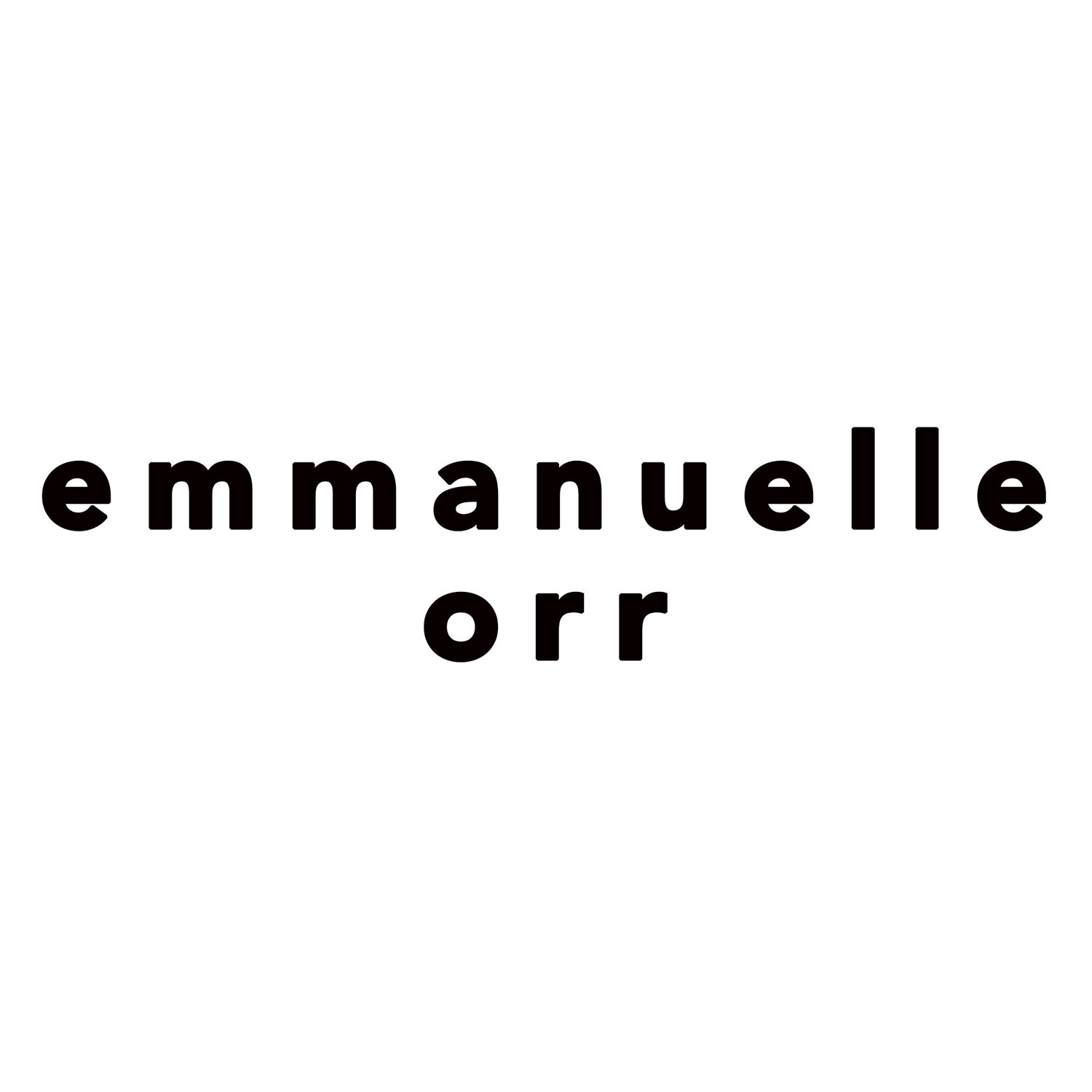Sparks
One question that comes up quite often in conversations about art is what is inspiration, where do artists get it from, or what do you do when you get art block (I think both questions ask the same thing, in different ways).
To me, inspiration has two meanings, and both play a part in the creative process.
Firstly, inspiration can mean everything that you look up to, everything that influences you. It is the catalogue of references and learnings you keep in your mind and draw down from throughout the creative process.
My own mental catalogue, is all about the senses. I catalogue fragments that provoke an emotional or physical response rather than a cerebral one. Words and images can both spark this epidermic reaction. It can be as simple as the lyric to a song, or a sentence in a book or movie- just a few words are enough; Or in a more visual way a line, a colour, the way the light hits. Suddenly something matters; I get hooked on very little, take it out of its initial context, let it fill my mind with imagined stories and universes…
And then comes the second part of what inspiration means to me: the moment these fragments come back to haunt me, demanding to be told and explored.
Sometimes it is one specific element that becomes the starting point of a new piece, sometimes it is a collage of fragments from multitude of sources that start a dance and become one. I never look at a blank page or screen, waiting for inspiration to strike- if I feel the urge to start something new, it is because the story, the images in my head are already pressing on my brain eager to be heard.
I am not a conceptual artist, I don’t start with formulating an idea or a problem and then figuring out how to answer it or solve it. I start with wanting to tell a story, even if I don’t know what it is. I look for an emotional response, to (re)create the emotions and sensations that animates me.
This, for me at least, can only be achieved through focusing on the aesthetics of a piece. I hope that by placing my focus on the material form of the work, the story will be told- or at the very least, a story will be told.
It doesn’t mean that there is no meaning attached to the act of creating for me, because there is always a sense attached to an image, there is always a signified attached to the signifiers I use.
It is just that both play a different part in the creative process.
The story, the idea, is the starting point of a creative arc, the primal urge behind it; the arc itself then focuses on the form, the visuals: First comes the composition, the structure of the image; then colours, lines, shades and volumes: the image needs to be built, the various elements working together seamlessly, the balance between tension and harmony creating a compelling whole. And finally the technique, the process to make it real: can I accurately depict what is in my head, or will the image be transformed before it hits the paper; how do I push my abilities to their maximum, and how do I turn my limitations into an asset and make them part of the process.
And at the other end of the arc, the words come back: After the piece is completed, there is a retrospective look at it, to explain, to narrate, to make sense. The themes that emerge in my practice always do so by stealth, and I can only spot them by looking back, by discussing, by writing about the works.
It always surprise me a bit, what the works say about me and my preoccupation, and how evidently present the themes were all along, even though I was blind(ed) to them all along.

